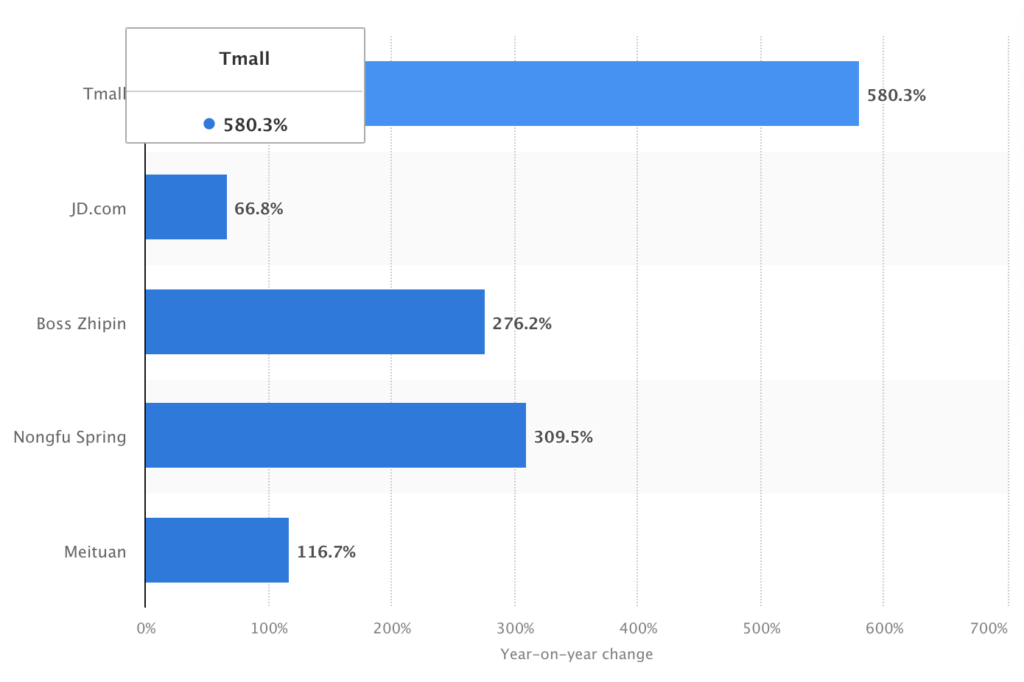Let’s face it: marketing today has to work harder than ever to grab attention, especially among Gen Z.
Traditional advertising isn’t enough for a generation that thrives on experiences and share-worthy moments.
That’s why brands are moving towards street advertising.
At its simplest, street marketing is a form of advertising that takes place in public spaces to directly engage people.
Unlike digital or traditional ads, it’s all about meeting your audience where they are—literally.
It’s bold, creative, and personal—perfect for cutting through the noise and creating buzz.
Here’s the deal: People are more likely to remember and talk about a brand when they’ve been part of something unique. That’s what makes street marketing so powerful—it creates moments worth sharing.
Main Question: Is street marketing effective?
When executed correctly, street marketing can be extremely effective.
A key success factor is the timing—knowing when and where to deploy your campaign.
For instance, according to Statista, Tmall, a leading brand in China, increased its street marketing budget by 580% in 2023, underscoring its growing importance in today’s competitive landscape.

(Source: Statista)
Street marketing can be highly effective when done correctly.
The success of street marketing boils down to these core factors:
- Timing (like high-traffic times)
- Ideas (that must be creative enough)
- Knowing where potential customers hang out
- Location (busy public areas like city squares and shopping districts)
- Organization (must be well-organized and professionally managed)
Then, people are more likely to remember and talk about the brand because they were part of something unique.
So,
Yes, street marketing can be highly effective when executed well.
A Street Marketing Failure: Snapple’s Sticky Situation
… but it also has potential pitfalls that can lead to failure if not managed properly.
Take Snapple’s 2005 campaign as an example.
To launch their frozen juice product, Snapple attempted to set a Guinness World Record by creating a 25-foot-tall, 17½-ton ice popsicle in New York’s Union Square.
What could go wrong? A lot, apparently.
The giant popsicle melted too quickly in the summer heat, flooding the streets with sticky goo and creating a chaotic scene.
Firefighters had to close off areas and clean up the mess.
Watch the Youtube video here;
This whole scene resulted in negative press for Snapple. The campaign left pedestrians irritated and disappointed (just because they failed to keep their giant popsicle intact.
It was a costly lesson in the importance of thorough planning and understanding environmental conditions.
Key Takeaways for Effective Street Marketing
Keep these tips in mind:
- Know Your Audience: Choose locations and concepts that resonate with your target demographic.
- Think Creatively but Practically: While bold ideas are essential, ensure they’re feasible and won’t backfire.
- Test Before Launch: Simulate your campaign under real-world conditions to identify potential issues.
- Be Ready for Contingencies: Always have a backup plan for unexpected challenges.
- Prioritize Engagement: The more interactive your campaign, the stronger the emotional connection with your audience.
Street marketing isn’t just about making noise; it’s about creating moments that stick with your audience—both in memory and emotion.
With careful planning and execution, you can turn a bustling street corner into a stage for unforgettable brand experiences.
So, is street marketing effective?
Yes, absolutely—but only if it’s done right.
1 Comment